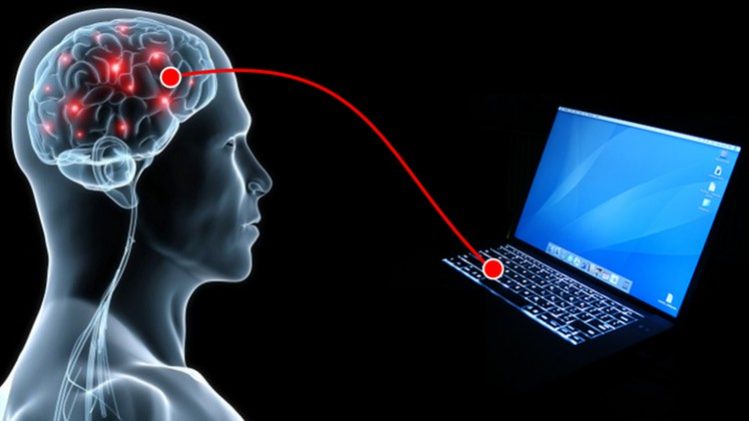
Brain Computer Interfacing using spiking neural networks
Quantum spiking neural networks for re-wiring human brain
Drills/ Exercises on Brain Computer Interfacing using EEG Signals
How Brain Computer Interfacing is used for neuro-rehabilitation
Recurrent Neural Networks & LSTMs for Brain Computer Interfacing
Brain Computer Interfacing for Medical Imaging (Healthcare IT)
Brain Computer Interfacing- Human Brain on a Chip
Neuromorphic computing and Spiking Networks
This exciting course contains two parts. The first part introduces you to the fundamentals of brain functioning prior to Brain-Computer Interfacing in the second part.
The first part of the course aims to provide students with an introduction to the core ideas of the brain involving inculcating happiness and well-being to manage stress, anxiety, and depression. Further acquainting them with the significance of positive thinking, courage, and determination, the meaning of life, gratitude, and compassion in life in the first part.
The structure of the course is divided into two parts:
PART I
· How Thoughts and Ideas are executed in Humans?
· Cognitive and emotional processes in positive psychology.
· Role of Brain Chemicals in our Cognitive Thinking Process.
· How do Negative Thoughts form a loop/ recursive pattern?
· Ways to break the repetitive thoughts loop/ overcome our biases.
· Un-tapping the potential of positive Thinking.
· Unveiling the role of persistence and determination.
· Putting Strategies into practice.
PART- II
This second part of the course allows understanding the Brain-Computer Interfacing (BCI) using deep spiking neural networks. This part of the course has the rigor enough to enable you not only to understand BCI but its implementation in neural networks and to apply these concepts to Brain Healthcare (IT). The course contents for this part includes;
1. Introduction to Machine Learning, Deep Learning, and Artificial Intelligence.
2. How Quantum Computing is fueling AI Healthcare Systems including BCIs.
3. Introduction to Recurrent Neural Networks.
4. Introduction to LSTMs.
5. Introduction to Brain-Computer Interfaces.
6. How BCI is used for neurorehabilitation.
7. Brain-Computer Interfaces for Stress and Mood Regulation.
8. Brain-Computer Interfaces for Motor Imagery & EEG Signals.
9. Brain Implants using Brain-Computer Interfacing.
10. BCI for Medical Imaging.
11. Introduction to “Brain- on- a Chip.
12. Neuromorphic Computing.



